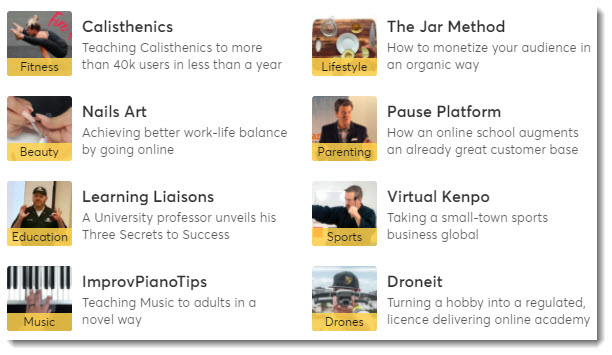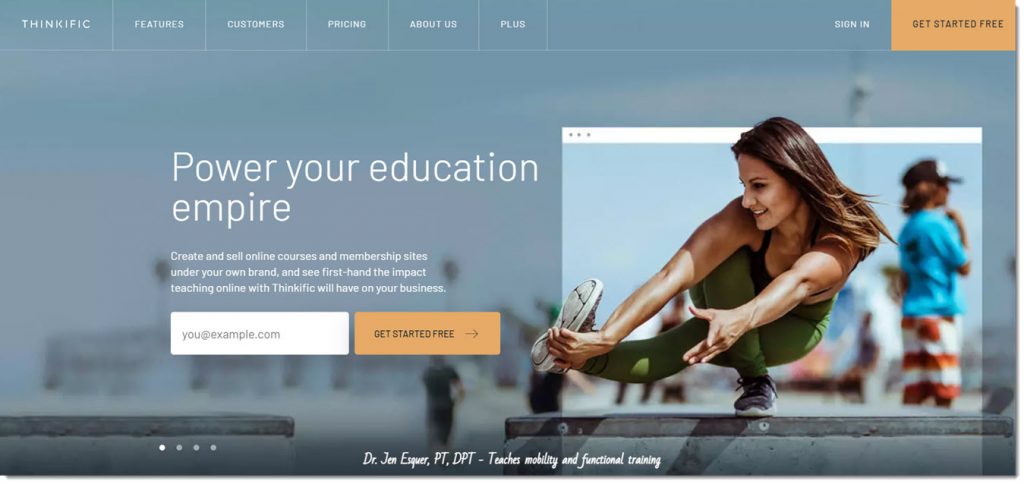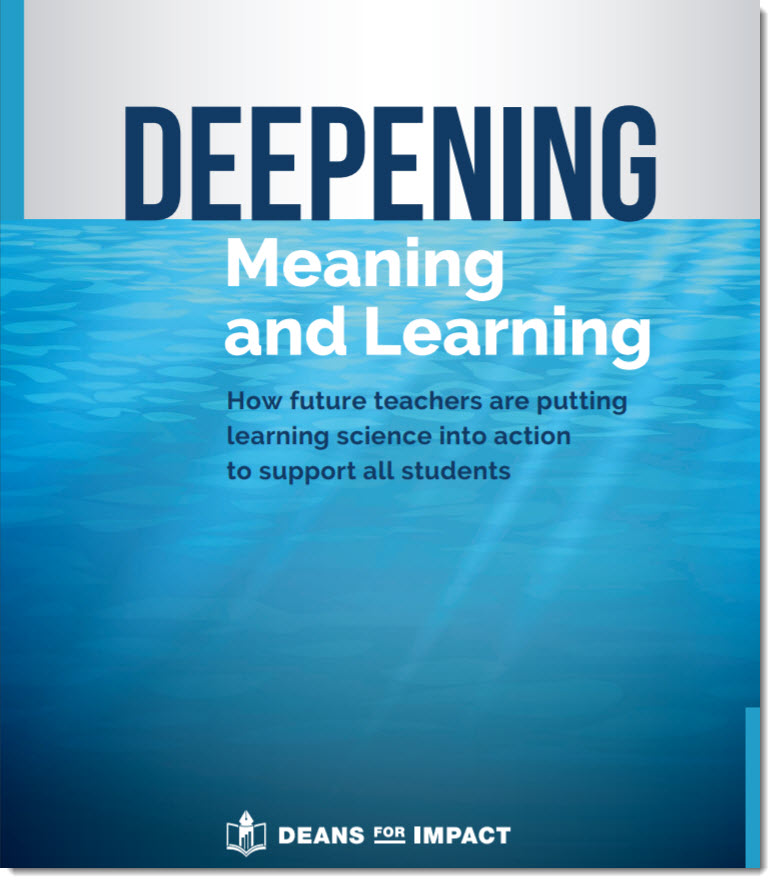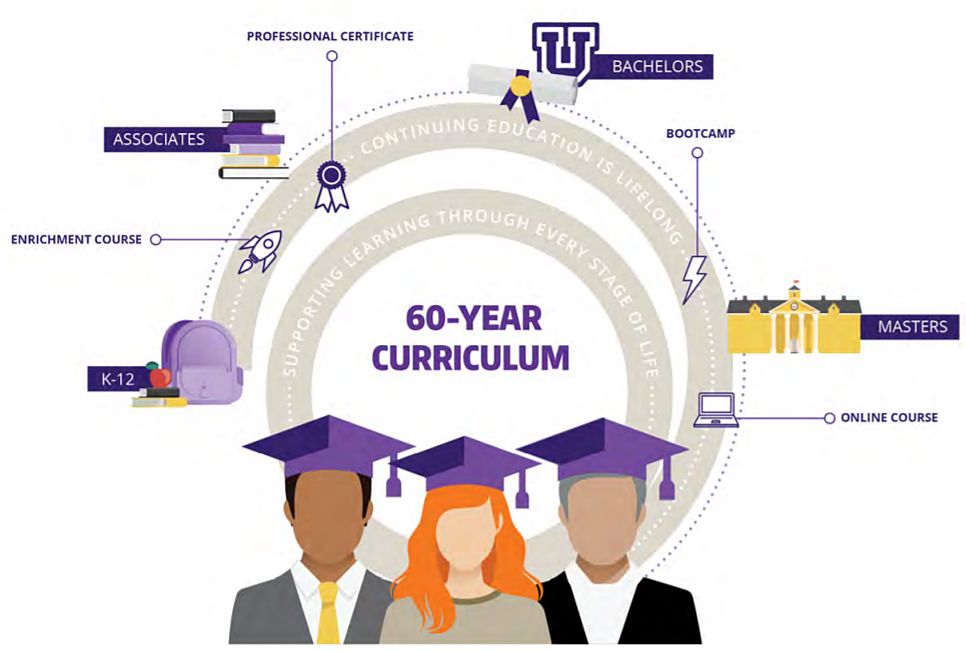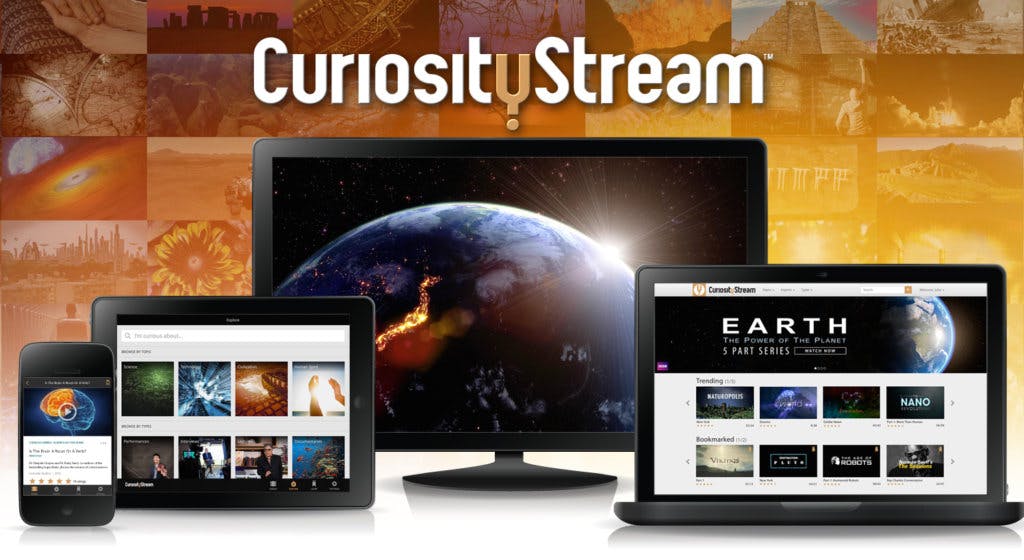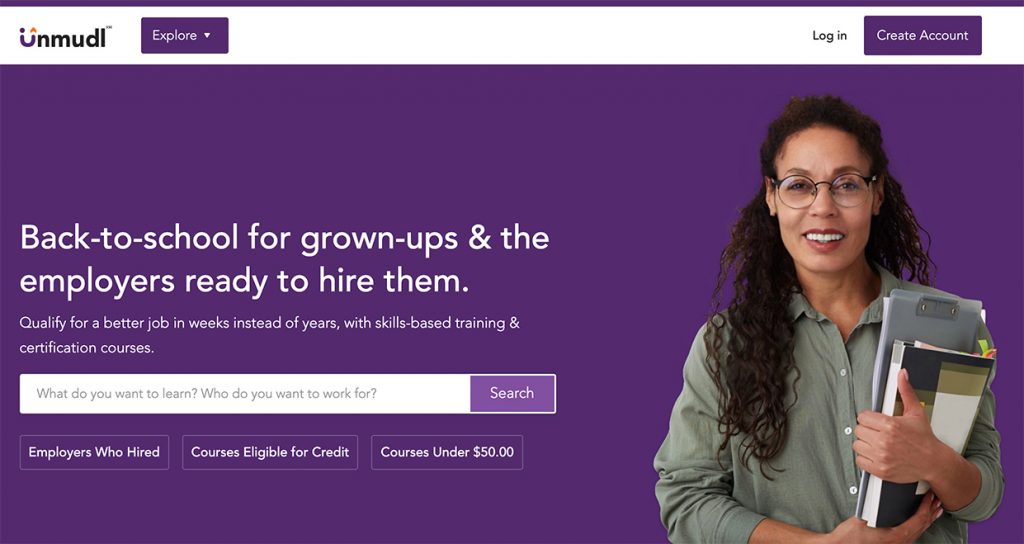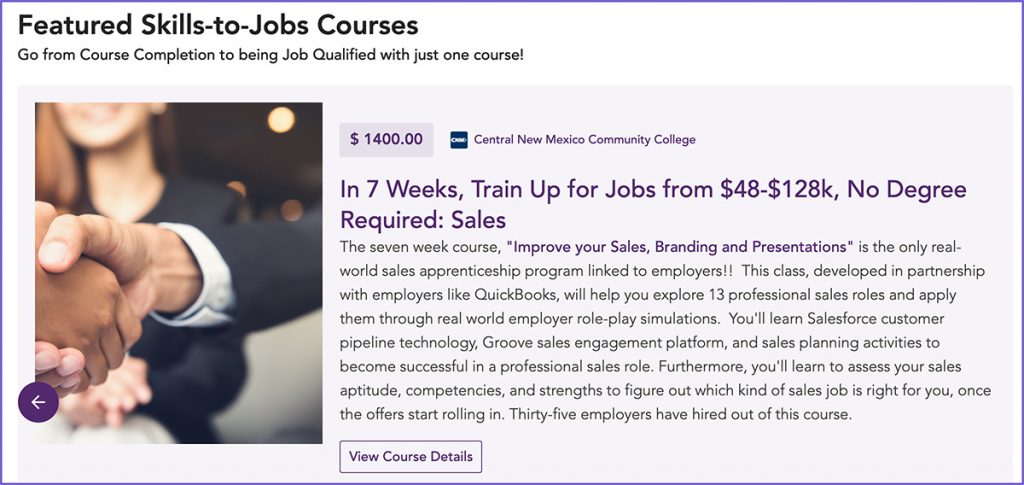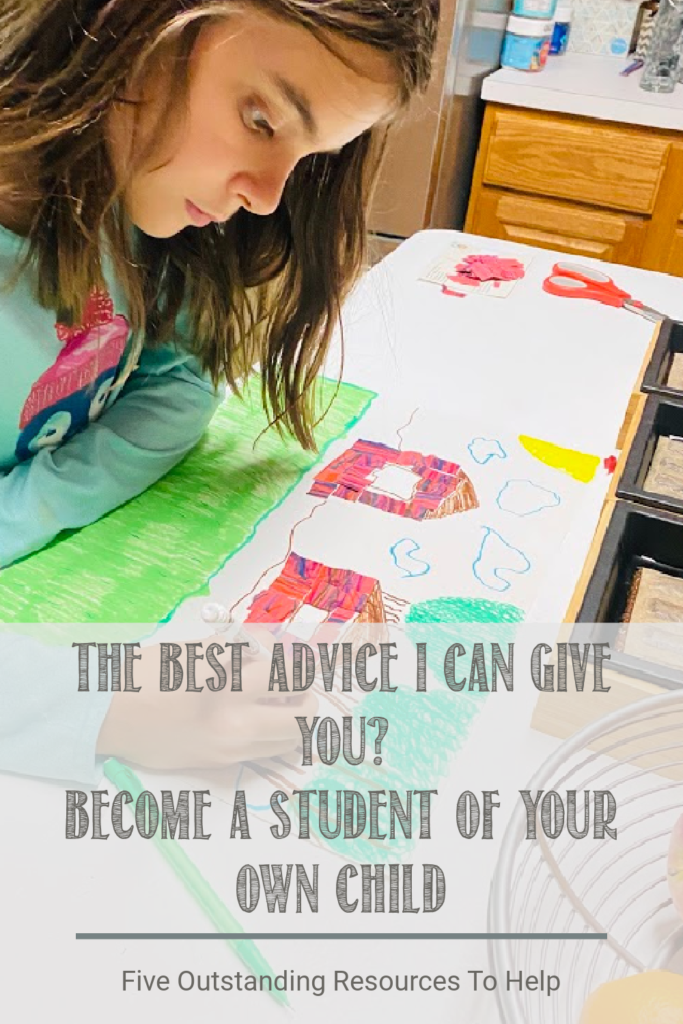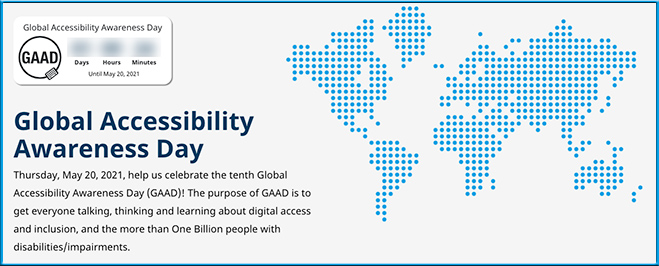DC: Nice example of a learning ecosystem! pic.twitter.com/vOvZakjf59
— Daniel Christian (he/him/his) (@dchristian5) August 22, 2021
Companies are key to solving the digital skills gap — from zdnet.com by Vala Afshar
The digital skills gap is becoming a digital skills crisis. An innovation expert discusses the root cause of what is driving the digital skills shortage and how can companies contribute to closing the gap.
Excerpts (emphasis DSC):
Vala Afshar: When we talk about the digital skills gap, what do we really mean?
Simon Mulcahy: Fundamentally, it’s an issue of supply and demand: a mismatch between the need for a digitally savvy workforce and the availability of workers trained in those skills. Every organization — whether a bank, healthcare company or retailer — is becoming a digital organization. Core digital skills aren’t the purview of a single department but increasingly hard-wired into nearly every job on the planet.
On the flip side, there’s a massive shortage in the skills needed to operate and lead in a digital-first environment. More importantly, there’s no mechanism in place to fix it.
…
VA: What can be done to address this growing gap, and what role should companies play?
SM: We need to revamp the way we deliver education. Of course, we need to build a foundation early on, but there are much better ways to equip people than through exams that don’t evolve to match society’s needs or degrees that force young people into onerous debt.
Instead, we should think of ourselves as lifelong learners. In support of that, we need just-in-time training that’s integrated into our working experience and relevant to wherever we are on our career journey. We need education that’s widely available, simple to access and affordable. It has to be easy to upskill or gain the knowledge we need to divert onto a different path. We also need education to be a lot more personal, matching what an individual needs in the moment.
Coursera: The ‘Amazon’ Of Online Education May Grow By Magnitudes — from seekingalpha.com
Summary
- Increasing student dissatisfaction and declining enrollment suggest that many people are rethinking traditional methods of higher education.
- The historical value of universities is becoming defunct as the internet allows a more efficient, less expensive, and more accessible vector of transmitting knowledge.
- Innovative platforms like Coursera offer students a huge “marketplace” of high-quality courses far less expensive than those in traditional universities.
- Given Coursera’s minimal barriers to growth and its massive total addressable market, I would not be surprised to see its annual revenue rise by 10X or more within years.
- COUR may be one of the few recent IPOs which is actually trading below its fundamental fair value – subject to the assumption that online education will eventually supersede traditional models.
It’s like Netflix for education: UND considers subscription tuition model — from grandforksherald.com by Sydney Mook; with thanks to Ray Schroeder for this resource out on LinkedIn
Think of it as Netflix or Hulu – popular television subscription services – but for a UND education. Students could pay a flat rate and take as many (or as few) online courses as preferred, so long as they aren’t considered a full-time, degree-seeking student.
Excerpts:
UND wants to add a flat-rate subscription option to its tuition model.
Think of it as Netflix or Hulu – popular television subscription services – but for a UND education. Students could pay a flat rate and take as many (or as few) online courses as preferred, so long as they aren’t considered a full-time, degree-seeking student.
“You enroll, you have a subscription and during that subscription, you can binge watch,” said Jeff Holm, vice provost for online education and strategic planning at UND.
UND says it wants to “provide competency-based, online education that provides ‘micro-pathways’ or smaller targeted units of learning to individuals as a way to enhance their skill set and knowledge for advancing in the labor market or reskilling for a new employment opportunity.”
Microcredential programs on the rise in Canada — from by Sharon Aschaiek; with thanks to Amrit Ahluwalia for this resource out on LinkedIn
Low rates of awareness about microcredentials by prospective students and employers remains a challenge.
Excerpt:
A new report on current views about microcredentials in Canada reveals a majority of higher education institutions are keen to create these concise, competency-focused upskilling programs, and many say the COVID-19 pandemic has made them even more relevant.
Released by the Higher Education Quality Council of Ontario (HEQCO) earlier this month, “Making Sense of Microcredentials” reveals what this emerging training trend means from the perspectives of three key stakeholder groups: universities and colleges, prospective students and employers. The 32-page descriptive research report is based on the results of a literature review, 44 interviews (17 with postsecondary schools), and 2,362 surveys, which included 161 representatives from 105 postsecondary institutions, including 41 universities.
Along these lines, see:
Mapping Out a ‘Credential As You Go’ Movement For Higher Education — from edsurge.com by Rebecca Koenig
Excerpt (emphasis DSC):
A new initiative called “Credential As You Go” aims to shift this status quo by making it easier for students and workers to earn recognition for their learning—in increments smaller than the colossal college degree.
Its goals include creating a national credentialing system designed around what the journey through higher education and job training actually looks like for many people: intermittent, nonlinear and unpredictable.
Also along the lines of keeping things brief, see:
- Leading the Way for Microlearning? Assess the Barriers — from learningsolutionsmag.com
With New Online Marketplace, Community Colleges Hope to Better Compete With For-Profits — from edsurge.com by Yashvi Peeti
Excerpt:
Community colleges are staking a claim in the territory of online course marketplaces.
They’re about a decade behind their university counterparts, who helped to found edX in 2012, the same year that startup Coursera launched its competing service, now worth millions.
But leaders of a new platform called Unmudl say the time is right for community colleges to collaborate and make their workforce-training programs available more widely by marketing them through a shared website.
It’s a vision quite different from the traditional mission of community colleges to serve their communities—the literal, physical ones that surround their campuses.
Also see:
The best advice I can give you: Become a student of your child — from raisinglifelonglearners.com by Colleen Kessler
Excerpt:
One of the best pieces of advice I give a parent is to become a student of their child. To really pay attention and discover what your child is interested in, passionate about, or wants to explore further so you can use that information to design the best homeschool ever. In today’s episode, we revisit a conversation with Andrew Peterson all about how to practically become students of our children. You will also find all of our best resources for becoming a student of your child…










